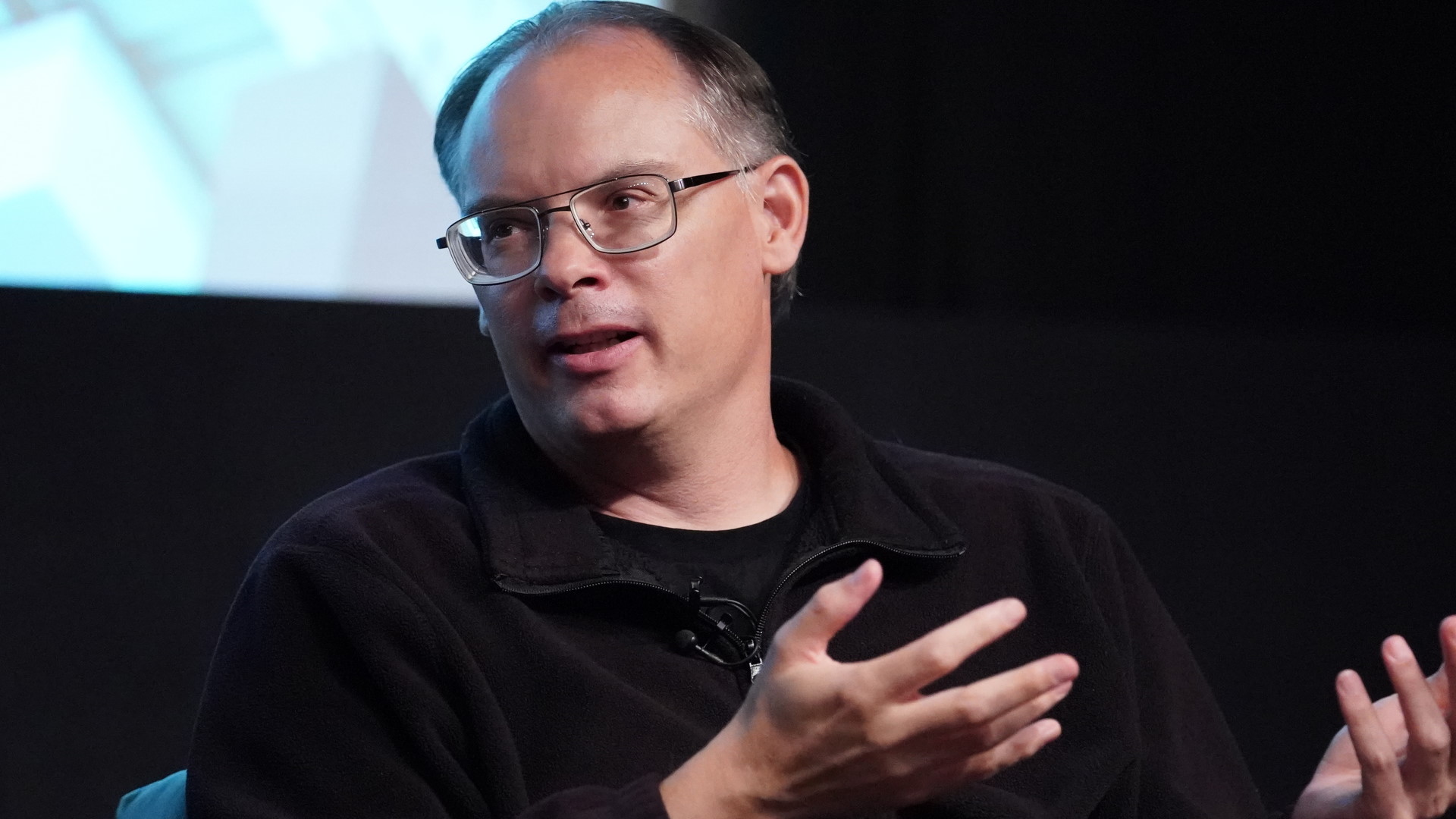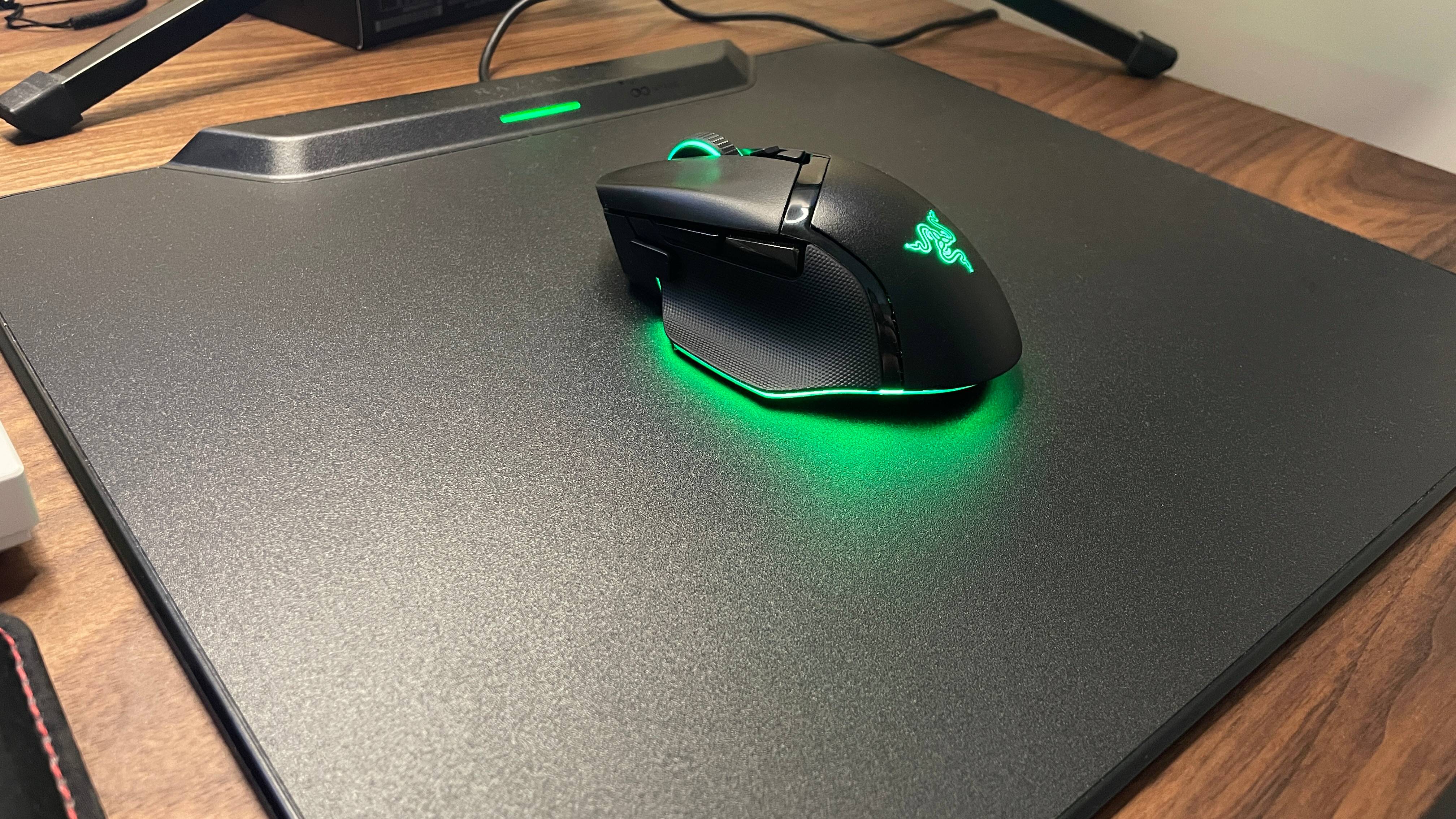
Overclockers, get ready to LN2.
Overclockers may want to start getting excited about what’s to come with Intel’s Raptor Lake CPUs. I’m told by someone very familiar with the upcoming 13th Gen chips, Marcus Kennedy, GM of gaming at Intel, that the company expects “a lot of world records to fall,” when these 13th Gen chips launch on October 20.
There’s a ton of headroom in these bad boys.
Marcus Kennedy
“We know that there’s a ton of headroom in these bad boys, so you’ll be able to crank it as high as you want, as long as you’ve got the thermals, as long as you’ve got the right cooling, we expect a lot of world records to fall,” Kennedy tells me at a recent event at Intel’s Haifa lab.
Leading the pack is the Core i9 13900K, which is a chip that will reach 5.8GHz out of the box. That’s a 600MHz uplift over the Core i9 12900K, but even with that improvement Intel says 6GHz should be on the table for many. So why has Intel left headroom on the table with these chips? Kennedy tells me it’s because overclocking was a key consideration.
“We chose not to eat significantly into our overclocking headroom because we know the overclocking community really appreciates that. And so we like to look at our products and make product decisions based on the way it’s going to impact the community. So we think that, even with the performance we’re getting out of it, could we get more performance by eating into overclocking? Sure, but then you have a worse overclocking experience.”
I’m sure one other reason for the decision is that Intel plans to release an Intel Core i9 12900KS that will gobble up that headroom and hit 6GHz out of the box, but sadly Intel has only the slightest hint of what’s to come on that front. During his keynote at Intel Innovation today, Intel CEO Pat Gelsinger confirmed “limited volumes” of a chip that can hit 6GHz out of the box coming early next year. No prizes to whoever guesses what that chip is.
The current record for CPU frequency is 8,722.78MHz, and that was managed with an AMD FX-8370 running under liquid nitrogen. That was also set eight years ago, so these records tend to stick around for a long time. Remember the chip has to boot in order to make it into the record books.
I’m sure that the Core i9 13900K will get close to the realms of the current world record, at least. The reason I’m sure of that is because, while I was at Intel’s labs, the team there overclocked a chip live in front of us to a top speed of 8.1GHz. Reportedly the best clock speed they managed that same day was 8.2GHz—so close yet so far from the record. But hey, that’s a score in at least the top 50 on HWBot. The images on this page are of those very attempts, in fact.
(Image credit: Intel)
And the Core i9 13900K is by far the most modern chip to get anywhere up to that sort of speed—an old Celeron stands a better chance of reaching records than most modern chips. These older chips come from a different era for chipbuilding, and it’s tough to compare an old Celeron or Pentium to those today. For one, the Celeron and Pentium brands no longer exist.
That’s why it’s good to check out CPU overclocking records ordered by CPU generation. For comparison, the Alder Lake Core i9 12900KS has been logged at 7.6GHz on HWBot by user LUCKY_NOOB. That’s the world record with all the chip’s cores active. With only eight P-cores enabled, overclocker Splave hit a whopping 7.8GHz. Though that’s considered a different league ranking due to the disabled cores.
But Intel did say it found the shiniest of golden samples to hand to its overclocking team to ruin with LN2, in the name of overclocking. It’s very possible that some samples won’t get anywhere over 8GHz, even at temperatures of -190°C, but there may also be some that will take to overclocking like Pat Gelsinger to a pushup.
The world record books are definitely going to be something to watch over the next few months.






